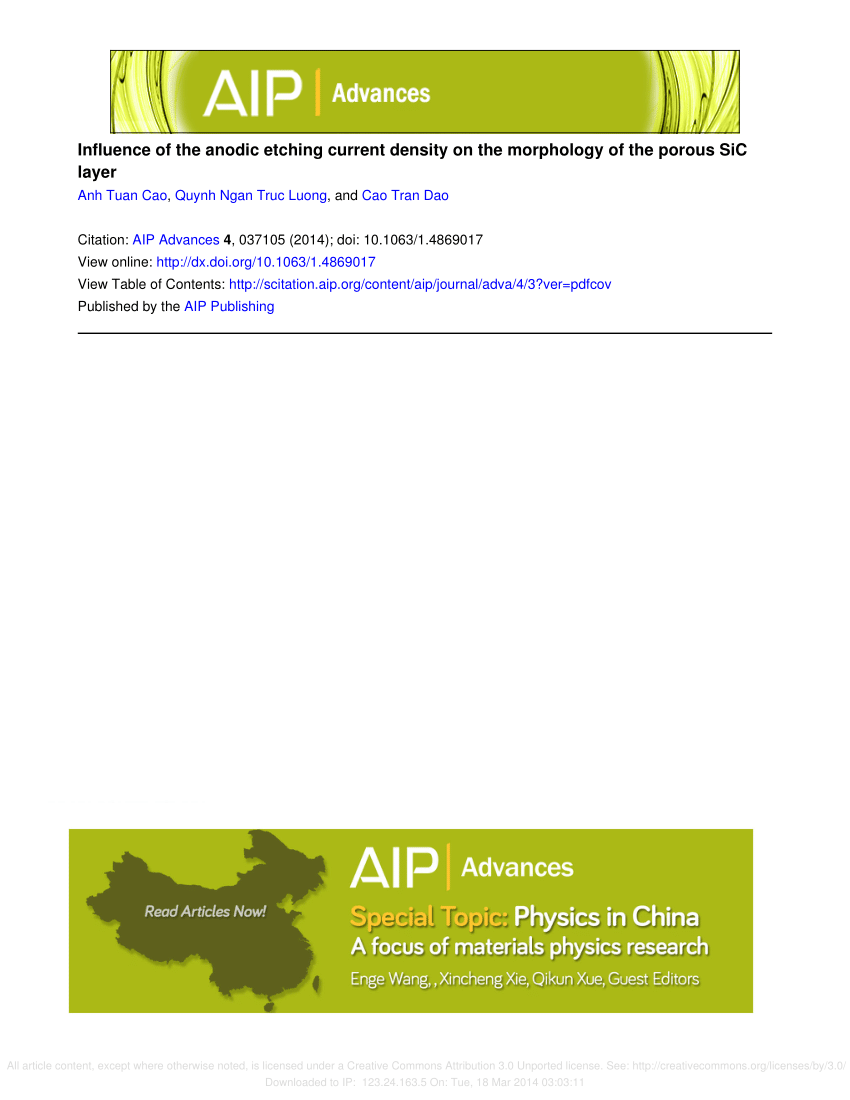驱动电流曲线对电磁轨道炮加速效率的影响
IF 1.4
4区 物理与天体物理
Q4 MATERIALS SCIENCE, MULTIDISCIPLINARY
引用次数: 0
摘要
本文研究了电磁轨道炮系统的驱动电流剖面对有效利用存储电能并将其转化为弹丸动能的影响。实验和模拟结果都证明,当馈入的驱动电流为过阻尼单向电流时,轨道炮发射器的加速效率要比馈入相同振幅的欠阻尼正弦电流时高得多。为了分析这种效应,我们建立了一个数学模型,其中包含动态阻力缩放和速度相关摩擦效应。在弹丸重量为 ∼8 g 和输入驱动电流振幅为 ∼220 kA 的典型情况下,数学模型模拟估算的作用在电枢弹丸上的平均力从 1.4 kN 增加到 3.83 kN,从而导致速度从 489 m/s 增加到 931 m/s,正弦和单向电流曲线的总效率分别从 0.55% 增加到 2%。实验结果表明,当使用脉冲整形电感和撬棒开关馈入类似振幅的单向过阻尼电流时,最大速度可达 ∼1024 m/s。不同质量电枢的试验结果与模拟所用数学模型的结果相辅相成。模拟速度被略微低估的原因是对加速过程中弹丸动态产生的摩擦力和质量损失缺乏精确的估计。本文章由计算机程序翻译,如有差异,请以英文原文为准。
Effect of driving current profile on acceleration efficiency of electromagnetic railgun
In this paper, the effect of driving current profile on efficient utilization and conversion of stored electrical energy into kinetic energy of the projectile has been investigated for electromagnetic railgun systems. It has been experimentally evidenced and also corroborated by simulation results that the acceleration efficiency of railgun launcher is much higher for the case when the driving current feed has an over-damped unidirectional profile vs the case when an under-damped sinusoidal current of same amplitude is fed. To analyze this effect, a mathematical model has been developed incorporating dynamic resistance scaling and velocity dependent frictional effects. For the typical case of projectile weighing ∼8 g and input driving current amplitude of ∼220 kA, the estimated average force from the mathematical model simulation acting on the armature projectile increases from 1.4 to 3.83 kN, consequently resulting in an increase in velocity from 489 to 931 m/s and overall efficiency from 0.55% to 2% for the sinusoidal and unidirectional current profiles, respectively. Experimentally, a maximum velocity of ∼1024 m/s was obtained when a unidirectional over-damped current of similar amplitude was fed using a pulse shaping inductor in conjunction with a crowbar switch. The obtained experimental results of trials with different masses of armatures complement the results of the conceived mathematical model used in simulations. The marginal underestimation of the simulated velocity is due to the inevitable lacking in precise estimation of the frictional force and mass loss that dynamically occur in the projectile during acceleration.
求助全文
通过发布文献求助,成功后即可免费获取论文全文。
去求助
来源期刊

AIP Advances
NANOSCIENCE & NANOTECHNOLOGY-MATERIALS SCIENCE, MULTIDISCIPLINARY
CiteScore
2.80
自引率
6.20%
发文量
1233
审稿时长
2-4 weeks
期刊介绍:
AIP Advances is an open access journal publishing in all areas of physical sciences—applied, theoretical, and experimental. All published articles are freely available to read, download, and share. The journal prides itself on the belief that all good science is important and relevant. Our inclusive scope and publication standards make it an essential outlet for scientists in the physical sciences.
AIP Advances is a community-based journal, with a fast production cycle. The quick publication process and open-access model allows us to quickly distribute new scientific concepts. Our Editors, assisted by peer review, determine whether a manuscript is technically correct and original. After publication, the readership evaluates whether a manuscript is timely, relevant, or significant.
 求助内容:
求助内容: 应助结果提醒方式:
应助结果提醒方式:


